Navigating the world of architectural design requires an astute understanding of its foundational blueprints: floor plans. These scaled horizontal projections provide a detailed layout of structures, highlighting the precise positioning of walls, fenestrations, and other integral elements.
It's a visual representation of a space, detailing its size, its function, its constraints, and its possibilities. From a small apartment to a towering skyscraper, understanding floor plans is paramount in designing structures that are both functional and aesthetically pleasing.
1. The Basics of Floor Plans
At its core, a floor plan is a two-dimensional scaled diagram of a room or building viewed from above. It encompasses:
Wall Layout: This shows the thickness and length of walls.

Door and Window Placement: It indicates where doors and windows are located, and their dimensions.
Fixed Installations: Features such as bathroom fixtures, kitchen cabinets, and appliances are included.

Dimensions: Indicate the size of rooms and spaces.
Notes and Specifications: These give extra information or instructions about materials, structural specifications, or design elements.
2. Elements of a Functional Floor Plan
A well-thought-out floor plan should consider the following:
Flow: A design should ensure smooth movement between spaces, especially in high-traffic areas.

Size and Proportion: Rooms and spaces should be proportionate to their intended use and the number of occupants.
Lighting: Natural light sources should be maximized, and the placement of artificial lights should be planned.
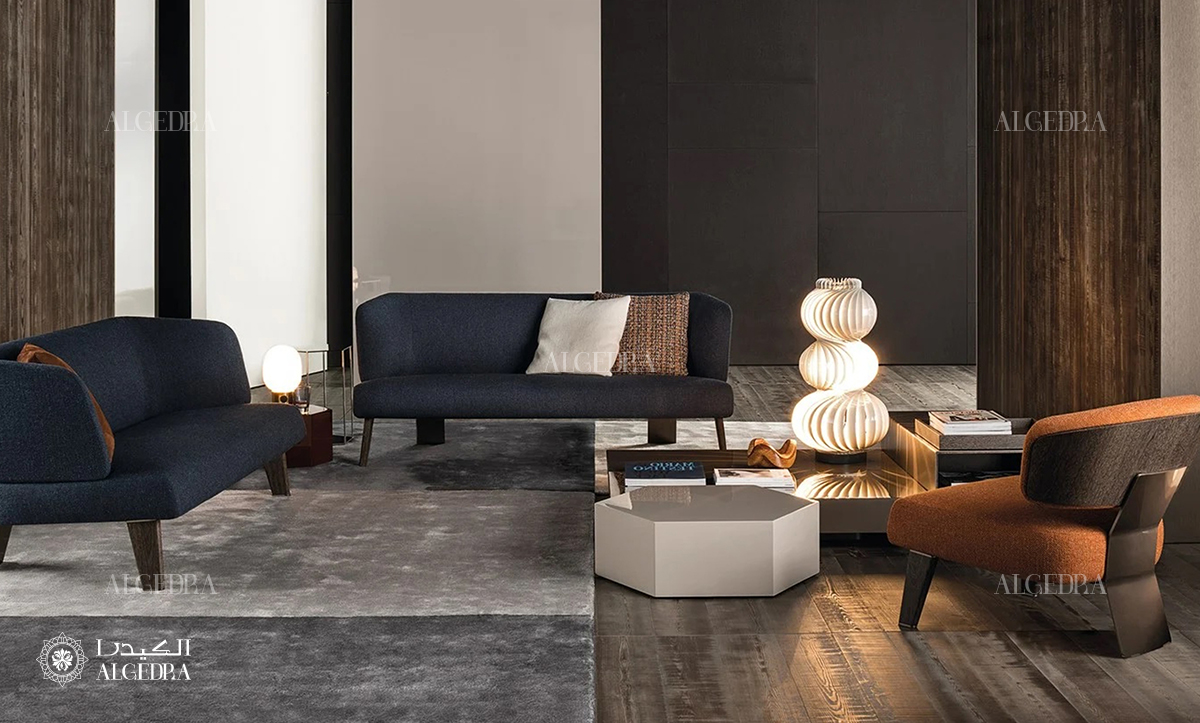
Ventilation: Efficient air circulation is vital for comfort and health.
Flexibility: It's essential to anticipate future needs or changes in the use of space.
Safety: Plans should consider safe exits, fire safety, and reduce hazards in the design.
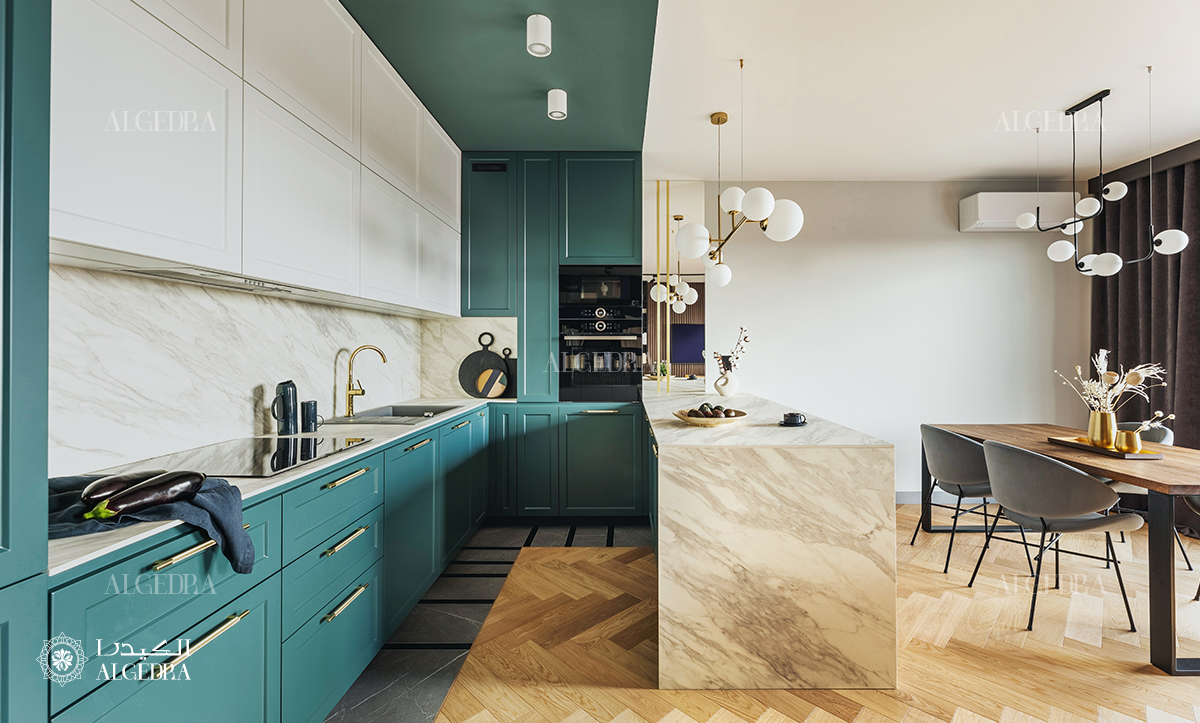
3. The Evolution from Basic Designs to Tower Buildings
a. The Single-Story Abode
Starting with the humble origins of architectural design, single-story homes often emphasize a straightforward layout. It generally centers around a living space, flanked by bedrooms and a kitchen. The goal is maximizing utility, ensuring each area is easily accessible.
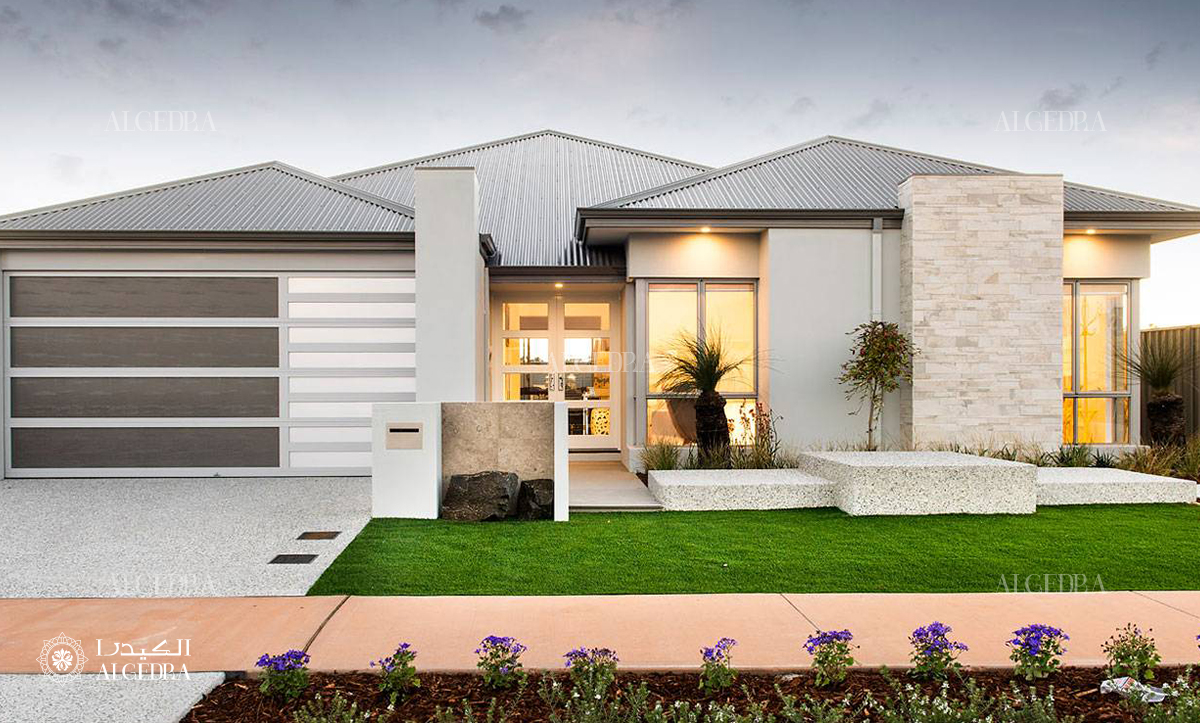
b. Multi-Story Residences
With the introduction of stairs and elevators, designs became vertical. Multiple floors allow for the separation of public and private spaces. For example, the ground floor might house the living room, kitchen, and dining, while the upper floors cater to bedrooms and private bathrooms.

c. Apartment Complexes
Apartment designs further complicate the floor plan process due to the need to optimize space in a limited footprint. The focus here shifts to communal living, balancing privacy with shared amenities like hallways, laundry rooms, and recreation areas.
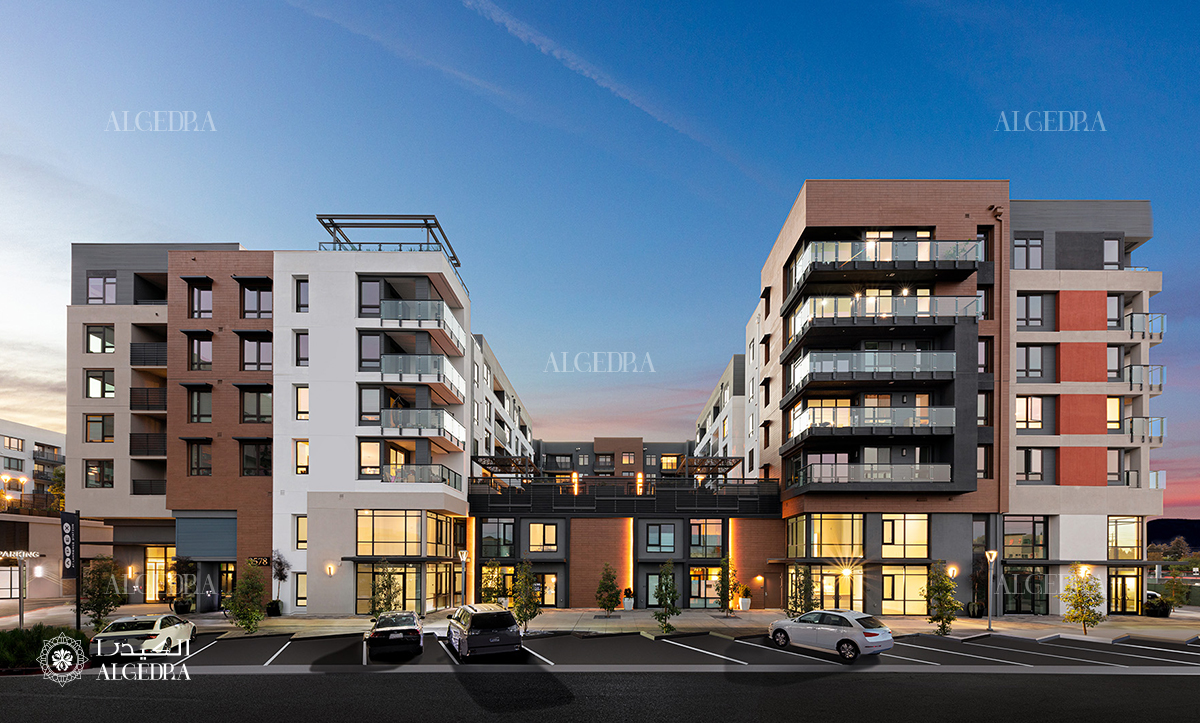
d. Skyscrapers and Tower Buildings
Tower buildings are a marvel of modern architecture. With these, the complexity of floor plans exponentially increases. Multiple factors come into play:
Zoning: Different floors or sections may have distinct purposes — commercial, residential, recreational, or administrative.

Elevators and Escalators: With height comes the need for efficient vertical transportation. Their placement and frequency are crucial.
Safety and Evacuation Routes: In high-rises, the design of escape routes and fire safety mechanisms becomes paramount.

Structural Considerations: The weight and balance of the building, wind resistance, and earthquake considerations play into the floor plan design.
Amenities and Shared Spaces: These might include communal lounges, gyms, terraces, and pools.

4. Modern Tools and Techniques
With advancements in technology, architects and designers now utilize software like AutoCAD, Revit, and SketchUp to create detailed floor plans. These tools allow for:
3D Visualization: Architects can create a virtual walk-through of the spaces.

Integrated Systems Planning: It's easier to plan for electrical, plumbing, and HVAC systems.
Collaboration: Multiple stakeholders can input and review the designs in real-time.
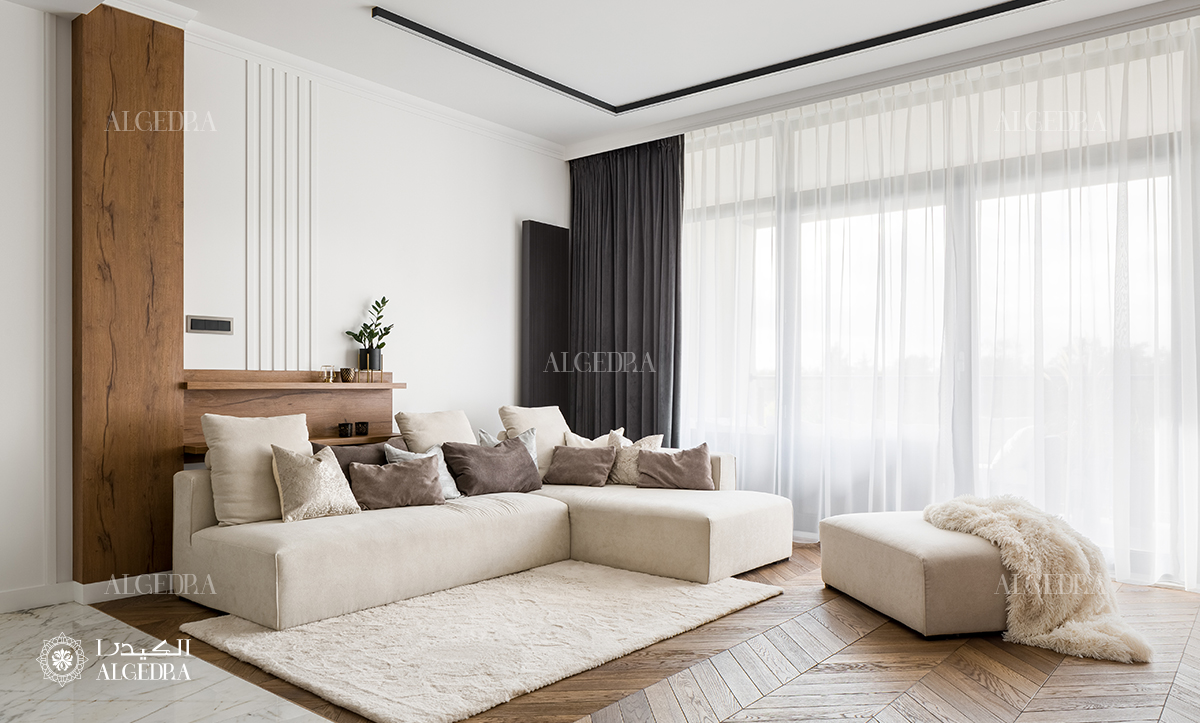
5. The Future of Floor Plans
As architectural trends evolve, so too will the design of floor plans. Concepts like sustainable design, smart homes, and vertical gardens are finding their way into modern plans. Additionally, as remote work becomes prevalent, homes will likely see a shift towards more defined workspaces.

In conclusion, understanding floor plans is an intricate blend of art and science. It's about envisioning a space before it materializes, understanding its purpose, and ensuring its functionality. From basic room layouts to the complex designs of towering structures, these plans lay the groundwork for our lived experiences within those spaces.